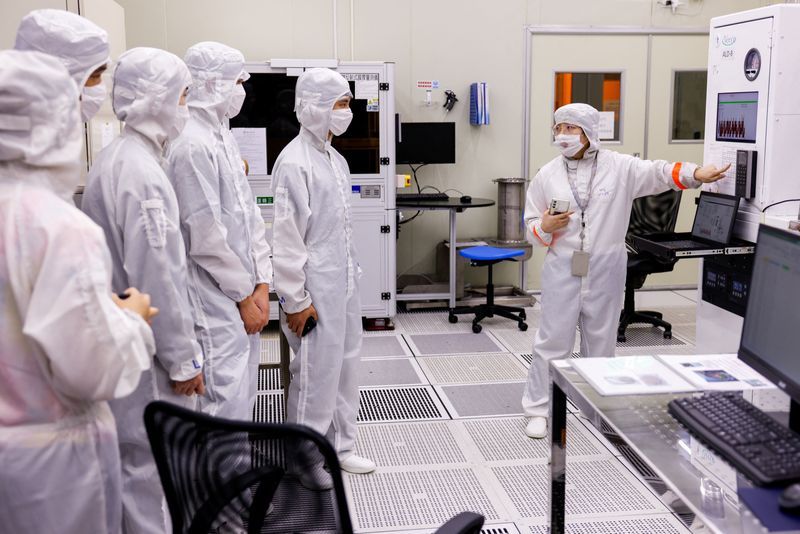
Using a mathematical model of open access recreational fisheries, and data from Wisconsin, the western Pacific and British Columbia, the researchers considered the impacts of three kinds of social change on fish abundance: the effectiveness of fishing technology, the cost of going fishing and the importance of catch to angler satisfaction. — Photo by Clark Young on Unsplash
Ever-improving and more sophisticated technology, such as electronics and modern materials, are diminishing the fish populations in our rivers, streams and lakes, according to research at the Cary Institute of Ecosystem Studies in Millbrook, New York.
Gradual advancements in fishing technology – from improved fishing gear to wider use of electronics and faster spread of fishing knowledge via apps and social media – mean that each hour a well-equipped angler spends fishing likely will see him catch more fish than did his father or grandfather fishing the same waters for the same amount of time with state-of-the-art gear in their prime fishing days.
Already a subscriber? Log in
Subscribe now and stand a chance to win prizes worth over RM40,000! T&C applies.
Cancel anytime. Ad-free. Unlimited access with perks.









































